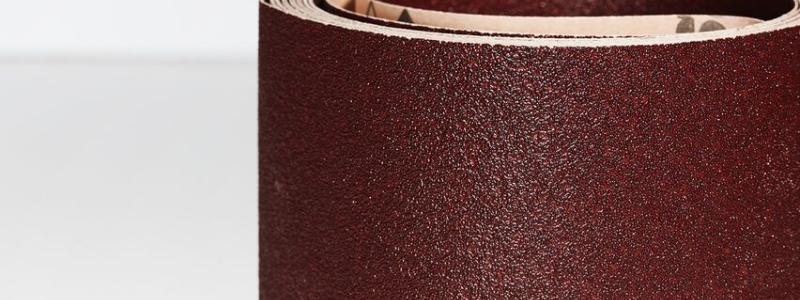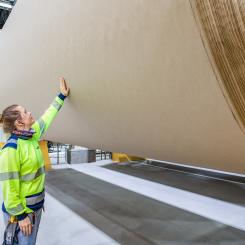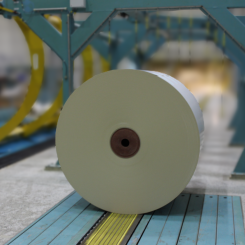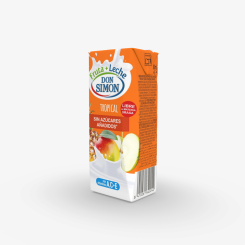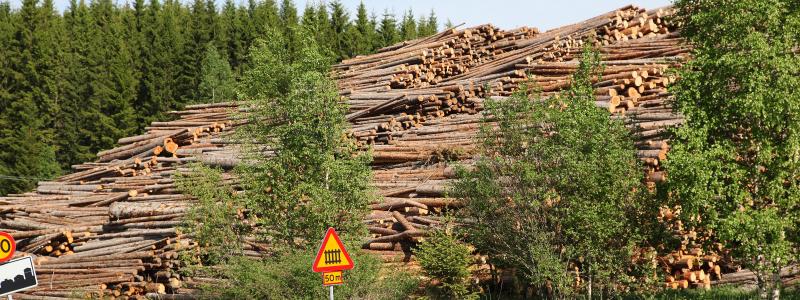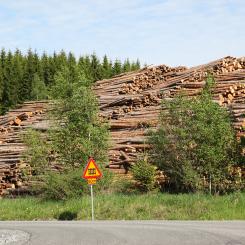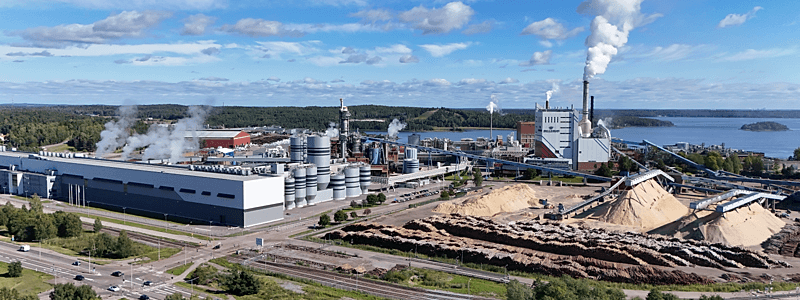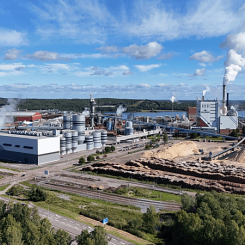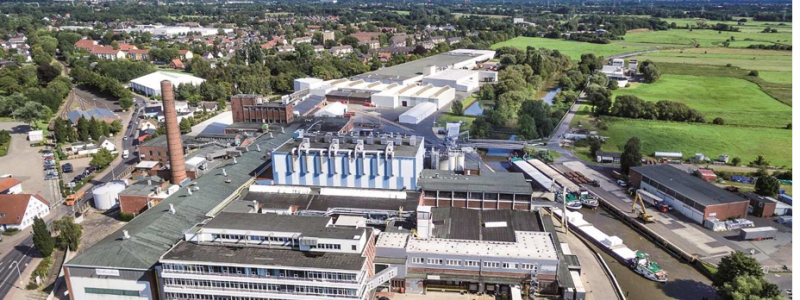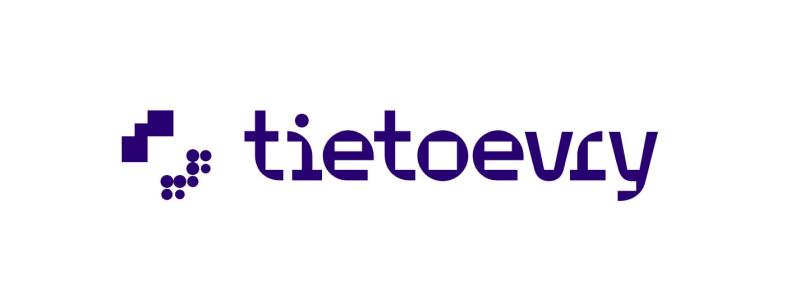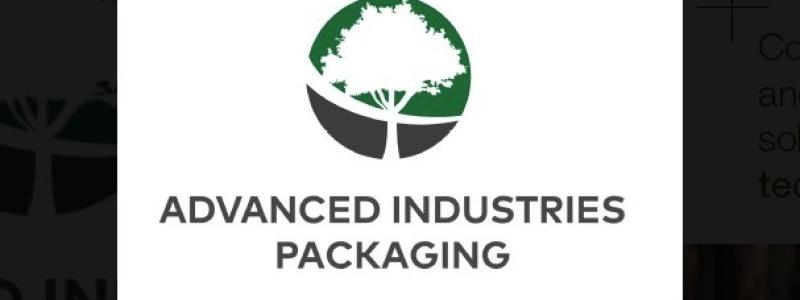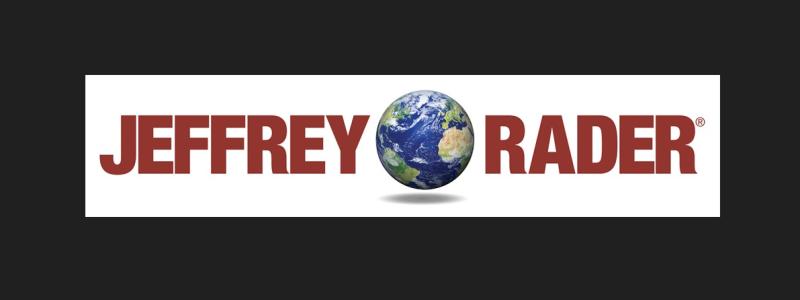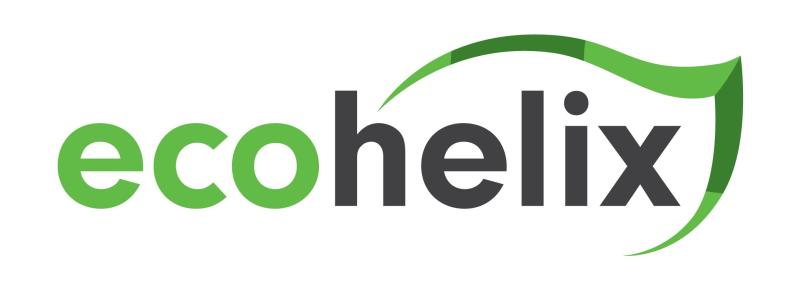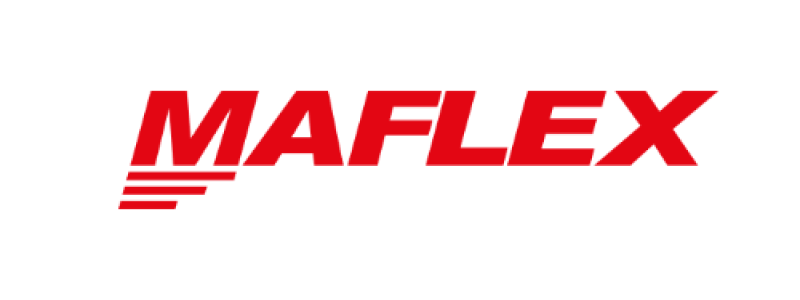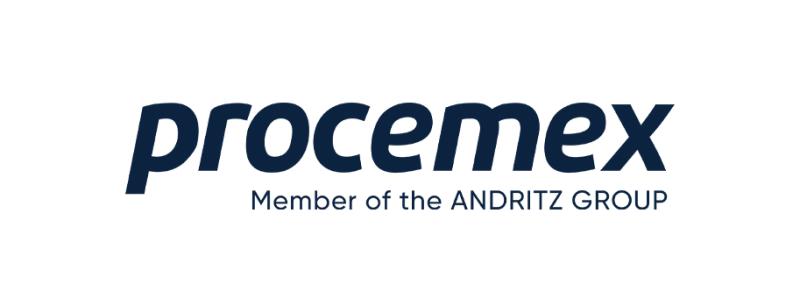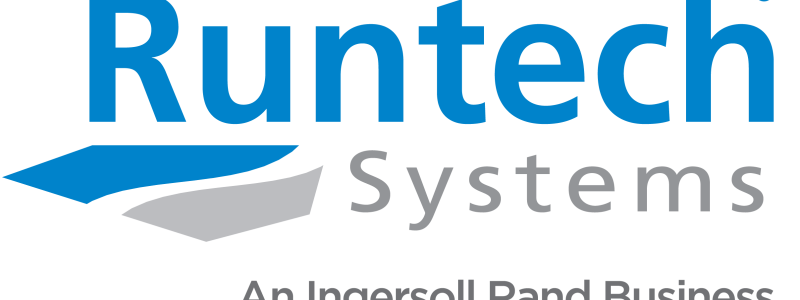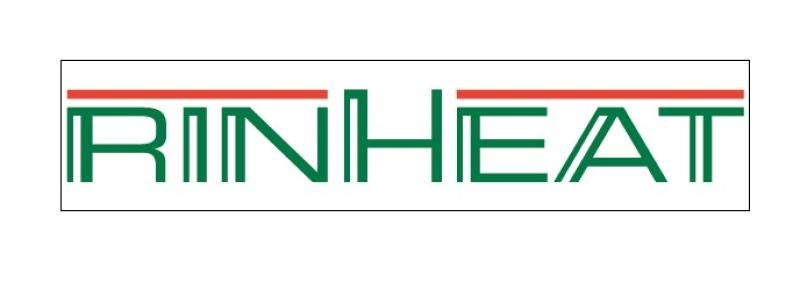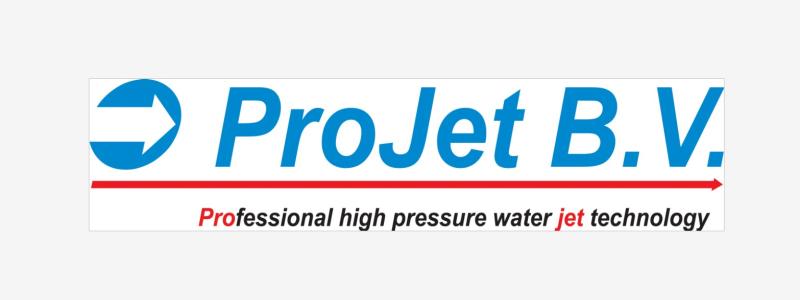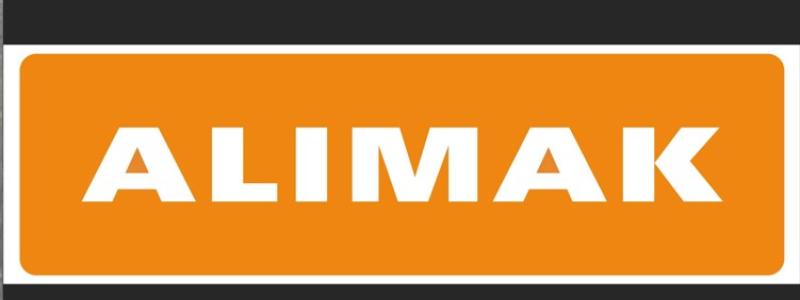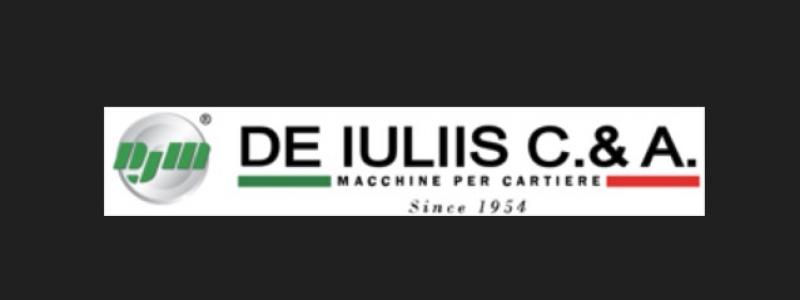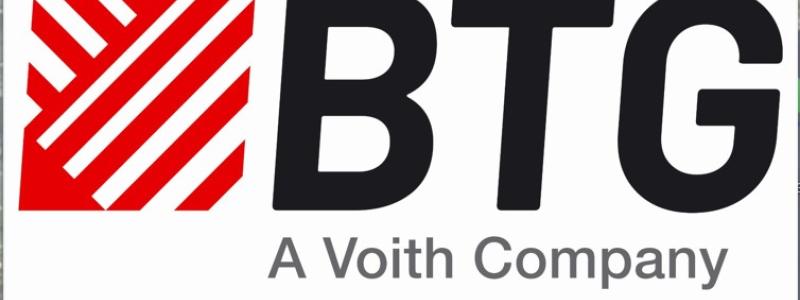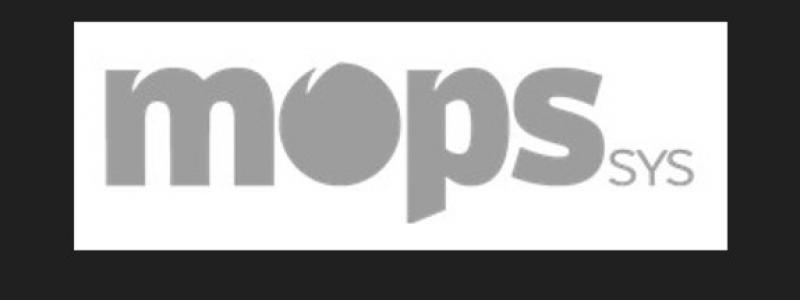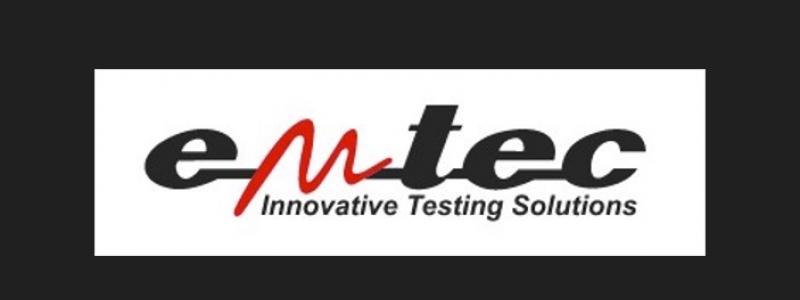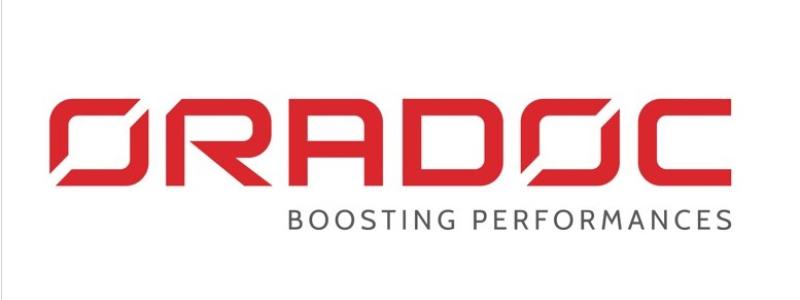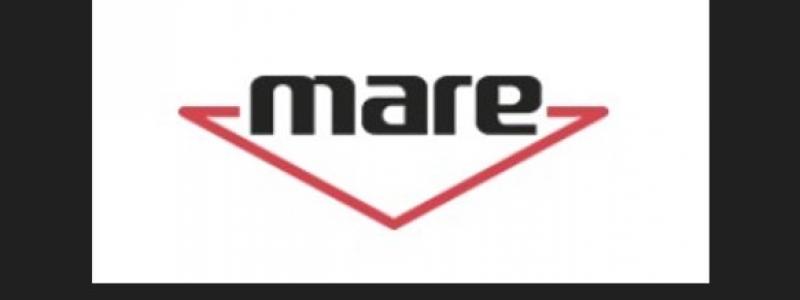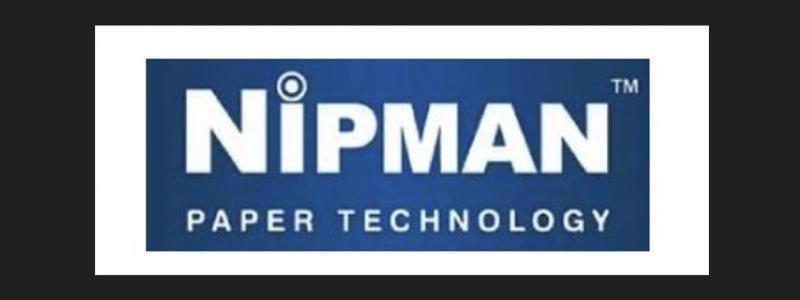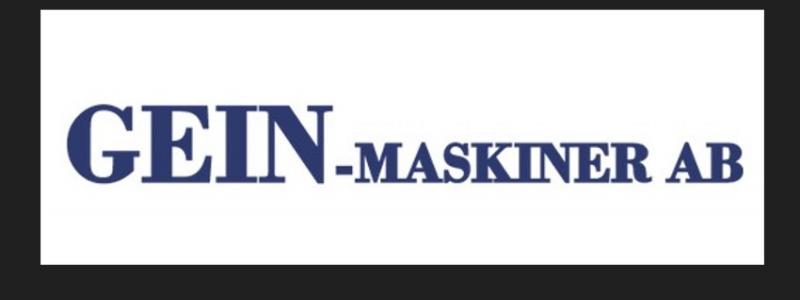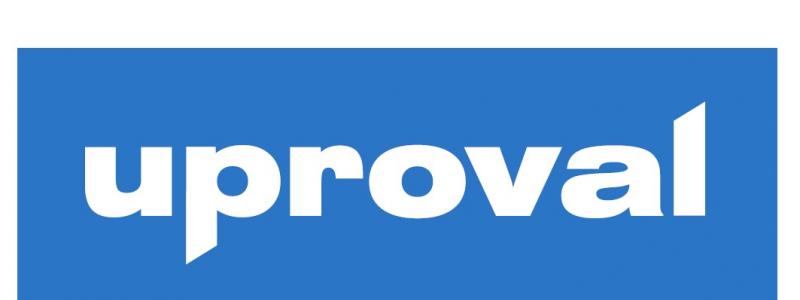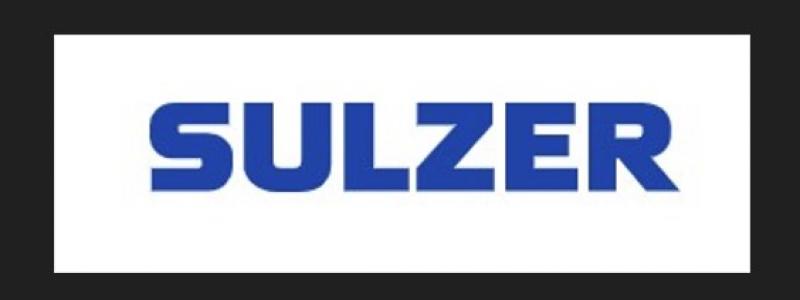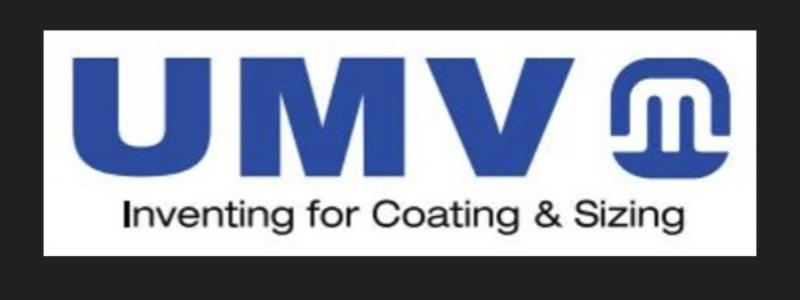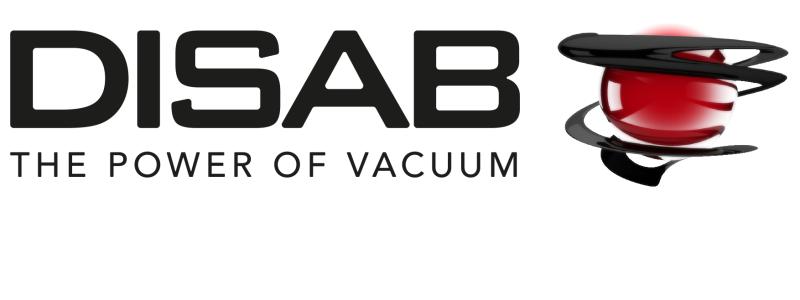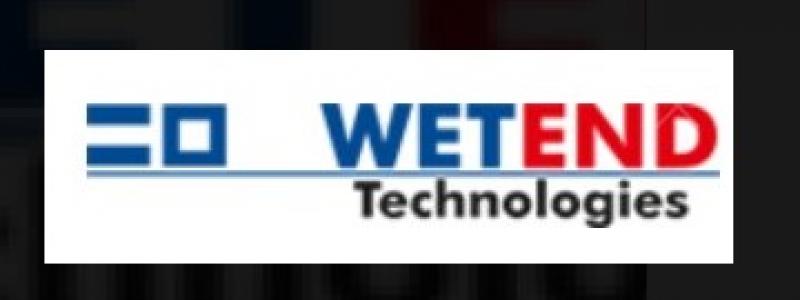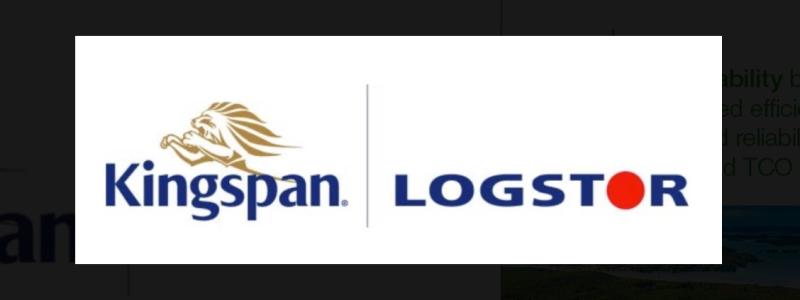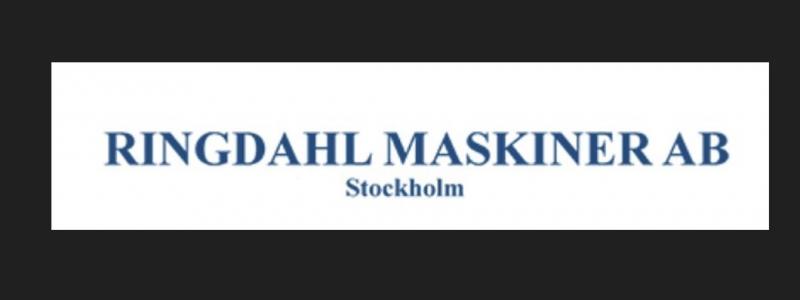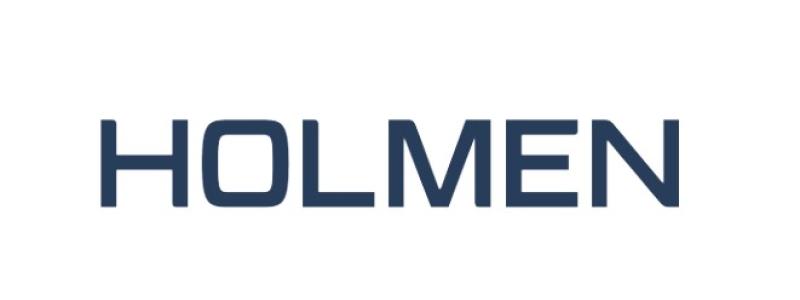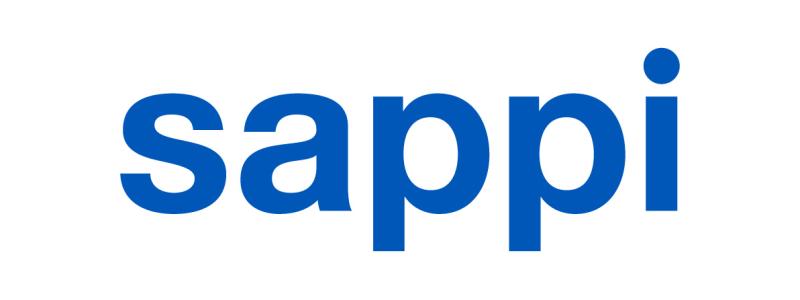The Programme for the Endorsement of Forest Certification (PEFC), has published a new brochure, ‘Promoting Sustainable Forest Management around the World: PEFC & FSC’, which aims to answer some of the most frequently asked questions about the differences and similarities between PEFC’s sustainable forest management certification system, and The Forest Stewardship Council (FSC) programme.
Worldwide there are two internationally recognised certification systems, PEFC and FSC, and the new brochure explains the origins of both certification systems, how they came into being, and also helps to clearly explain each of the standards and their definitions in practical terminology and easily understandable language.
At the same time the brochure also aims to serve as a useful resource tool for certified companies who may have questions regarding the similarities between the two schemes and the differences. , Both global sustainable forest management certification systems, , share the same goals of ensuring that forests are managed in line with challenging environmental, social and economic requirements – balancing people, planet and profit.
The PEFC and FSC labels appear on a wide range of certified forest products around the world. These labels enable consumers to recognise and distinguish products and packaging made from responsibly-sourced materials.
The brochure explains that by opting for certification, be it PEFC or FSC, companies are demonstrating their commitment to a sustainable future for the world’s’ forests.
PEFC, as the world’s leading forest certification system, has certified more than 260 million hectares of forests to PEFC’s internationally recognised Sustainability Benchmarks, supplying more than 16,000 Chain of Custody certified companies with responsibly sourced timber and wood products, such as those used in producing fibre-based paper products such as packaging.
Today, more and more companies from SMEs to global brands are keen to demonstrate that the fibre they use in their materials comes from a certified sustainable source. This is important as consumers are increasingly conscious of how their purchasing decisions impact on the world’s natural resources.
PEFC has been working hard with stakeholders to spread the message of sustainable forest management, in order to support and promote the expansion of forest certification and help to grow the demand for certified forest products.
This includes organisations such as the Consumer Goods Forum, who have recognised PEFC certified products as providing companies with verification of legality and providing a low risk of controversial sources which contribute to deforestation. The CGF brings together more than 400 retailers, manufacturers, service providers and other stakeholders, with members including global players such as Coca Cola, IBM, Johnson & Johnson, Kellogg’s, L’Oréal, Nestle, Proctor & Gamble, Tesco and Asda-Walmart.
Commenting on the new sustainable forest management promotional brochure, Alun Watkins, who heads up PEFC in the UK said, “We are often asked about the similarities and differences between the two global forest management certification schemes. This publication aims to help answer these questions and we hope that it will provide a useful resource to both Chain of Custody certified companies, and those specifying certified products in their corporate procurement policies, such as retailers and brand owners.”



